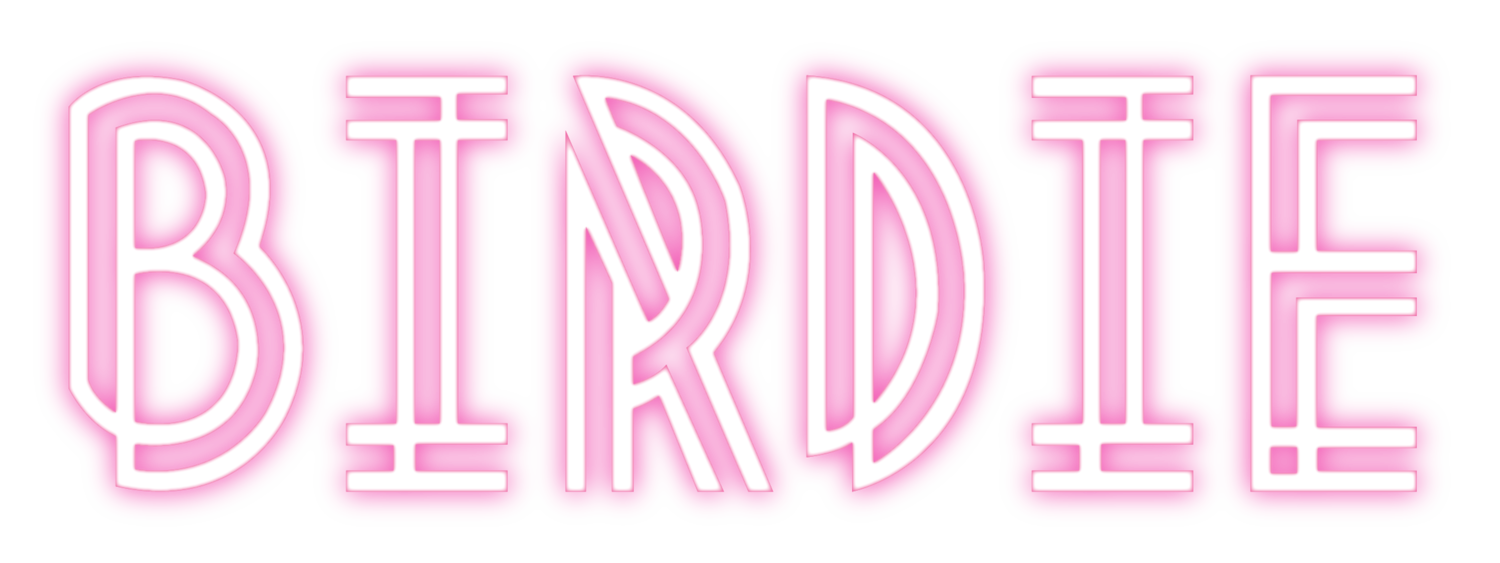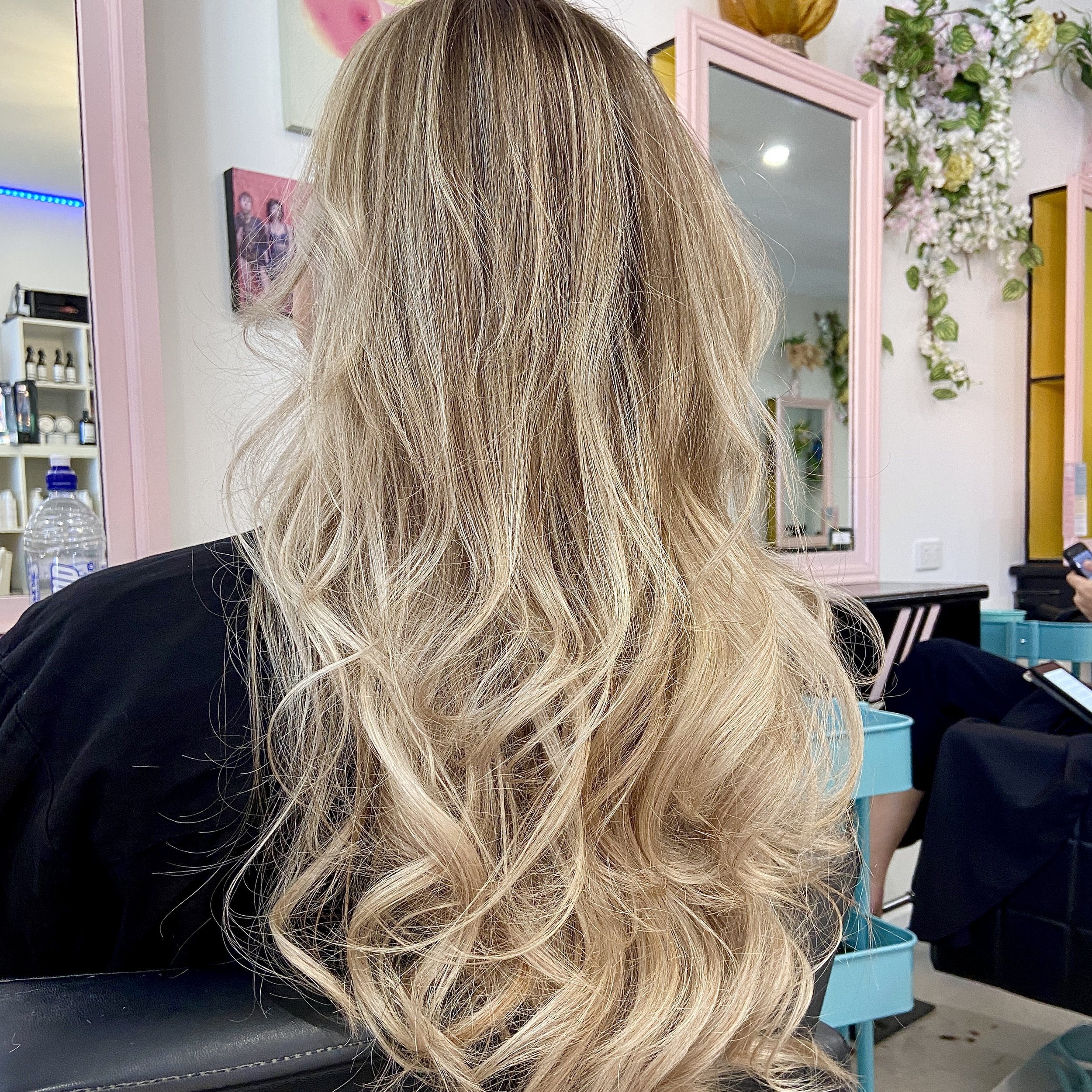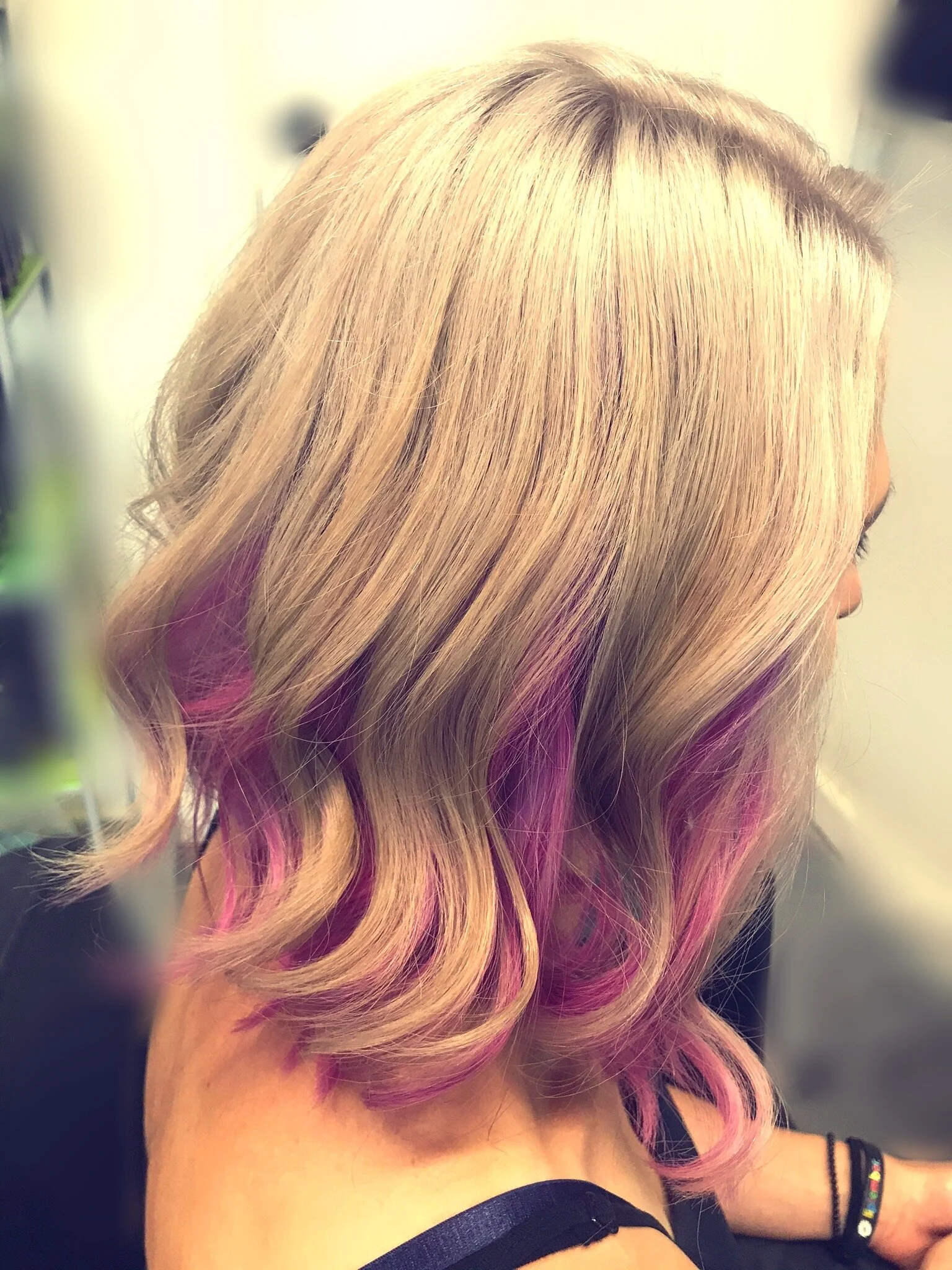I remember when keratin straighteners first appeared in the Hairdressing world. It appeared like a gift from the Hair Gods and was a dream come true in a time when Jennifer Aniston’s poker straight hair was every frizzy haired girl’s dream. You mean I don’t have to spend 45 min blow drying and ironing my hair? Bring it on. As a Hairdresser, I would have been crazy to ignore this miracle hair service. Clients started asking, and I signed up to learn. I was sold the ‘formaldehyde free’ version after law suits had started in the US against the companies that produced the original formaldehyde version. The first release of keratin straighteners to the mass market made the hair extremely straight. So straight that the hair wouldn’t even kink or curl with hot tongs. What a miracle clients screamed. But the problem was with the formaldehyde, which created a smoke when heated with the hair irons during the service. This smoke was carcinogenic and was inhaled by thousands of hairdressers and clients during the service. The law suits were for lung cancer cases that were appearing on mass just 6 months after the release of the keratin straightening systems. The formaldehyde keratin treatments were quickly pulled from the market and reformulated to the formaldehyde free version that is popular today. They dropped the straightening after the new system didn’t straighten the hair as well but it did reduce frizz so blow drying became a breeze. This new formula was sold to us as ‘plant based’ and ‘safe to use’, containing ‘all natural ingredients’. Hoorah we said and trusted our product companies.
That was 20 years ago and like many hairdressers, I have performed multiple keratin treatments on clients believing that my health and the health of my clients, was not at risk. Yeah we opened doors because of the smell and the ironing process still produced a misty fog that would blanket the salon. But I still naively believed they were safe and effective because… my product company told me they were!!! I still believed all products were tested before they were released to the mass market. I believed and I didn’t do research.
Enter 2021, and a salon relocation landed me in a position I had not encountered before. A smoke alarm system that alerted the Fire Brigade. Happily performing a keratin treatment one busy day, I suddenly hear the piercing sound of the smoke alarm going off. Amidst the noise we kept on working. Must be a false alarm as we couldn’t smell smoke. The Fire Trucks arrived and the firemen went straight to the control panel. Suddenly they were in my salon informing me that the alarm going off is within my salon space, right above where I am performing my keratin treatment. I show them what I was doing and they agree that it shouldn’t be enough smoke to set off the alarms. Plus we had the doors and windows open because, you know, the smell. They reset the alarm and continue back to the station. All good I thought. False alarm. This scenario would be repeated another 2 times in the next 6 months. Each time while performing a keratin treatment service and each time the fire brigade comment on the misty fog in the air. It shouldn’t have be enough to set off a fire alarm but that’s what it seems to be doing. On their advice, I replaced the smoke alarms with heat detectors. And my keratin treatment journey continued. I was aware of the foggy mist and the smell, but still believed the treatment was safe for both myself, my staff and my clients.
Different company reps would visit to promote their keratin treatments and companies would update and reformulate their products all claiming they were safer and more natural than the competitor or previous version. What a red flag moment and we missed it. We believed them and thought they had our health as a top priority. If these treatments were ‘safe and natural’ why did they need to keep making them safer? I put aside the smoke we inhaled, I ignored the smell that would stay in my nose and come out of my pores for 3 days after and I disregarded the annoying little rasp in my thought that I just couldn’t cough out. It’s natural I’d tell myself. No way this could be doing me harm.
In the last 6 months my investigative nature has directed me down the toxic free path. When you clean up the toxins in your life, it becomes easier to identify when you encounter them. So the annoying rasp and the smell coming from my pores stopped me in my tracks. This can’t be right. So I stopped doing the treatments, just like that. I took keratin treatments off my menu. I threw away my remaining product and trusted my gut.
Then the email arrived from a man named Roberto from a group called Drug Watch https://www.drugwatch.com/ with some interesting reading. The article was about chemical straighteners and their link to hormone related cancers. Read the article here drugwatch.com/chemical-hair-straighteners/
Chemical straighteners were around before keratin treatments and are still very popular in the US especially amongst black women due to the ability to make the hair poker straight. Not so popular in Australia, but still used here legally as they are deemed ‘safe and effective’. So this made me curious to do more research.
According to the Drug Watch article, even products promoting themselves as ‘formaldehyde free’ often contain chemicals which are ‘formaldehyde releasers’. “Chemical ingredients such as methanal, methanediol, formalin and methylene glycol all release formaldehyde fumes when they are mixed with water during the hair straightening treatment. Additionally, many chemicals that are listed as formaldehyde-free release other closely related compounds that carry similar risks.” (Permanent Hair Straightening: Risks, Side Effects & Methods, n.d.) Formaldehyde free products may also contain chemicals that release formaldehyde when heated with the irons or blow dryer. That smoke not only effects the client receiving the hair treatment but even more so the Hairstylist performing the service. Formaldehyde is a known carcinogen and can lead to breathing and lung issues.
According to a Case Report from (Abu-Amer et al., 2022) “Formaldehyde-free hair straighteners do not technically contain formaldehyde; however, they contain other chemicals such as glyoxyloyl carbocysteine which releases formaldehyde upon contact with heat. Moreover, its by-product glyoxylate may convert to oxalate; both compounds have potential nephrotoxic effect.” The result from heating the chemicals in formaldehyde free straighteners can be toxic to the kidneys. In the same case report they found high levels of formaldehyde in the air taken from the salon. Yes people, that misty smoke is a formaldehyde cloud. It was also found on the Hairdresser’s skin.
Also on my investigations, I found a Safework NSW fact sheet titled ‘Potential Exposure To Formaldehyde Whilst Using Keratin Treatment – Hairdressers and Beauty Salon Operator and Worker Be Aware’ (Nsw, n.d.) which states ‘Formaldehyde or substances that can release Formaldehyde may also be listed on the Safety Data Sheet (SDS) or product labels as ‘Formalin, methylene glycol, methylene oxide, paraform, formic aldehyde, methanal, oxomethane, oxymethylene and morbicid acid.’ Please be aware of these chemicals when purchasing keratin products to use on clients.
Salon owners and their workers are unaware of what is contained in these keratin treatments due to false labelling and omitted ingredients. A survey conducted by The Environmental Working Group (Executive Summary Hair Straighteners, n.d.) found 15 out of 16 companies surveyed claimed their products contained little to no formaldehyde but instead contained substantial amounts. The study also found levels of formaldehyde high enough in the salons tested, to require extensive precautions. At the levels of formaldehyde being released, the salons should require ventilation, air monitoring and face shields to name a few. Governments worldwide are failing to take action on companies that cover up the levels of formaldehyde that Hairdressers and their clients are being exposed to.
So back to my original statement and the purpose of this blog. The above shows why I no longer offer the keratin treatment service in my salon. For years the hair and beauty industry have been using Hairdressers and their clients as guinea pigs. Far too many recalls, lawsuits and product lies, putting our health at risk. Other industries have tough regulations but the hair and beauty industry seems to have been ignored. If the Government and our industry leaders are not willing to take a stand, then it is up to us as Hairdressers, for our own, our staff and our clients protection. Do your research. Ask for the ingredients list before purchasing any keratin products. Stop believing your reps and the product companies who are putting their profits before our health. And just like I did, if you feel like any products are affecting your health, then stop using them. Heartaches, dizziness, trouble breathing, even a product that smells so strong that it affects you. These are all signs of product toxicity. Yes we deal with chemicals daily but we need to be aware of the ones that are causing us harm. Our bodies will tell us. We need to boycott companies that pump us full of toxic chemicals and embrace those that don’t. And please, stop falling for the advertising and lies. All you need is the ingredients and a little help from Google. Information is power.
References
Permanent Hair Straightening: Risks, Side Effects & Methods. (n.d.). Drugwatch.com. https://www.drugwatch.com/chemical-hair-straighteners/permanent-straighteners/
Abu-Amer, N., Silberstein, N., Kunin, M., Mini, S., & Beckerman, P. (2022). Acute Kidney Injury following Exposure to Formaldehyde-Free Hair-Straightening Products. Case Reports in Nephrology and Dialysis, 112–116. https://doi.org/10.1159/000525567
Nsw, S. (n.d.). SAFETY ALERT POTENTIAL EXPOSURE TO FORMALDEHYDE WHILST USING KERATIN TREATMENTS - HAIRDRESSERS AND BEAUTY SALON OPERATORS AND WORKERS BE AWARE BACKGROUND. https://www.safework.nsw.gov.au/__data/assets/pdf_file/0010/132220/SW08780-Potential-exposure-to-formaldehyde-whilst-using-keratin-treatments.pdf
Executive Summary «Hair Straighteners. (n.d.). Www.ewg.org. Retrieved July 16, 2024, from https://www.ewg.org/hair-straighteners/our-report/executive-summary/







